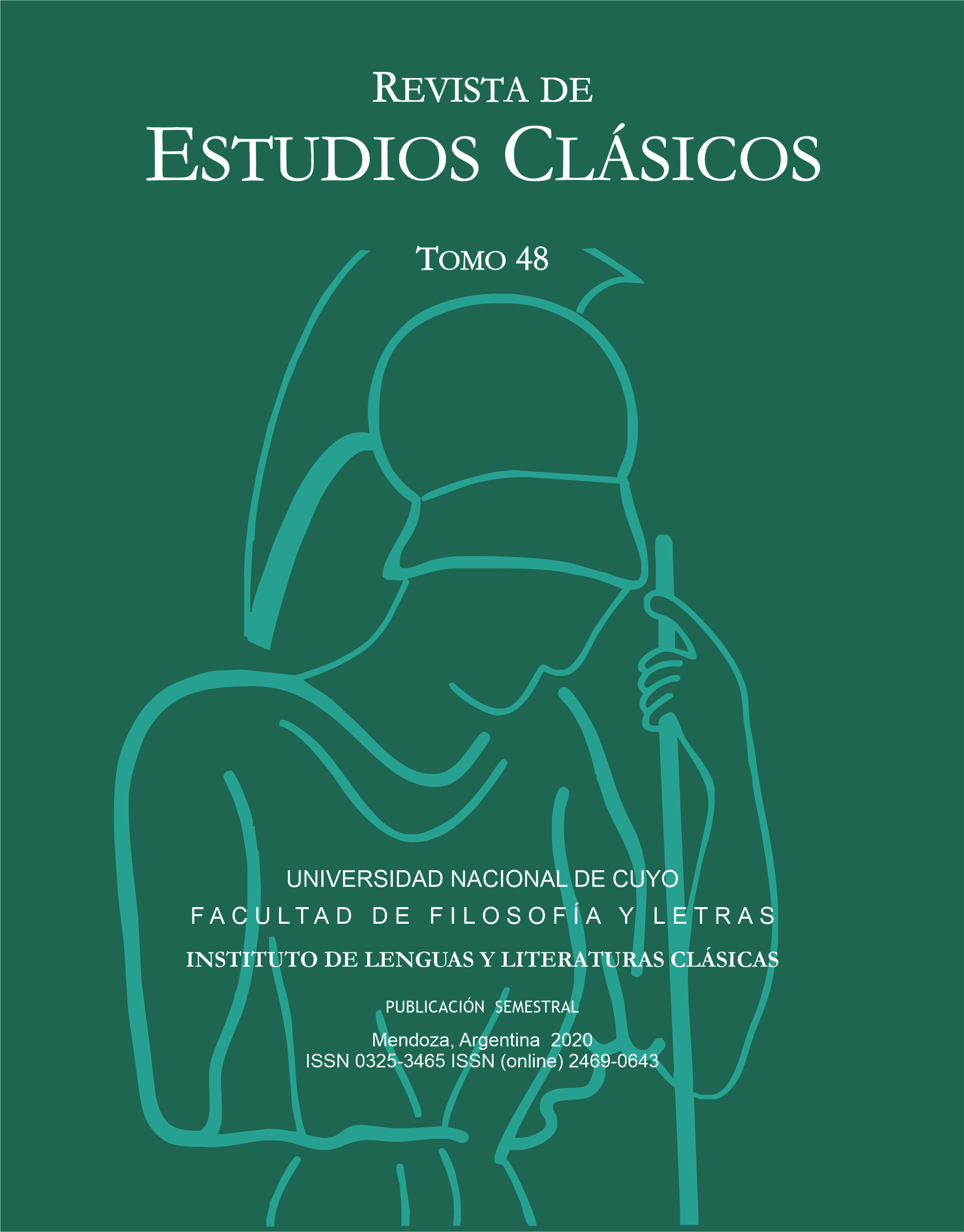The terminological use of Logos and Aletheia in Archaic Greek of Heribert Boeder
Boeder, H., ( 1959). Der frühgriechische Wortgebrauch von Logos und Aletheia. En Archiv für Begriffsgeschichte, 4 (pp. 82-112)
Keywords:
concealment, speech, truth, un-concealmentAbstract
The noun Logos comes from the verb λέγειν that originally means "to collect" and presupposes a sort of κρίνειν, "selection". But λέγειν becomes more and more one of the verbs of speech till it obtains a dominant position among them. It denotes mainly the clearness in the exhaustive reproduction of knowledge (καταλέξαι) or in the contraposition of the different possibilities before a decision (διαλέγεσθαι). This clearness influences the hearer, who expects a complete frankness from the speaker and hopes to learn from him. But the λέγων can say or not what he certainly knows, he can deceive the hearer. In this way "false" appears to be the extreme possibility of Logos and "true" becomes its most desirable attribute. Among several terms for "true" in archaic Greek ἀληθές is from the beginning the only one attested in the context of λέγειν and accompanies always verbs of saying. It is also an attribute of the speaker himself, in whose hands is the hearer who requests the whole truth from him. Since Heidegger early work the main question in regard to ἀλήθεια is: what does deny the privative ἀ-? In a context of communication in which each speaker depends on the knowledge of the other arises the possibility of a "transitive" λήθειν. The knower can says what he knows or ‘conceal’ it, reveal only a part of it, say more than he really knows. The true λέγειν denies this sort of concealment, it doesn’t conceal anything, is ἀ-ληθές, it says "how it is".
Downloads
Published
How to Cite
Issue
Section
License
Aquellos autores/as que tengan publicaciones con esta revista, aceptan los términos siguientes:
- Los autores/as conservarán sus derechos de autor y garantizarán a la revista el derecho de primera publicación de su obra, el cuál estará simultáneamente sujeto a laLicencia Creative Commons Atribución-NoComercial-CompartirIgual 2.5 Argentina (CC BY-NC-SA 2.5 AR). (https://creativecommons.org/licenses/by-nc-sa/2.5/ar/)que permite a terceros compartir la obra siempre que se indique su autor y su primera publicación esta revista.
- Los autores/as podrán adoptar otros acuerdos de licencia no exclusiva de distribución de la versión de la obra publicada (p. ej.: depositarla en un archivo telemático institucional o publicarla en un volumen monográfico) siempre que se indique la publicación inicial en esta revista.
- Se permite y recomienda a los autores/as difundir su obra a través de Internet (p. ej.: en archivos telemáticos institucionales o en su página web) antes y durante el proceso de envío, lo cual puede producir intercambios interesantes y aumentar las citas de la obra publicada. (Véase El efecto del acceso abierto).


































